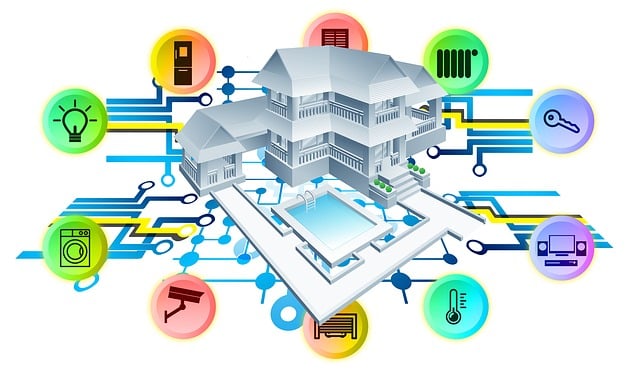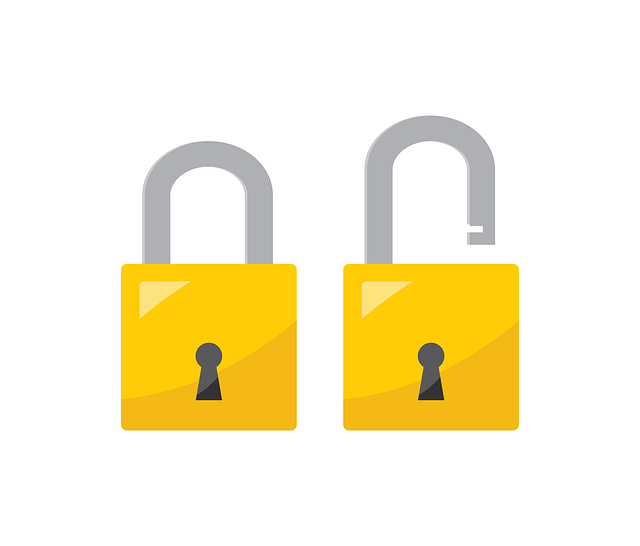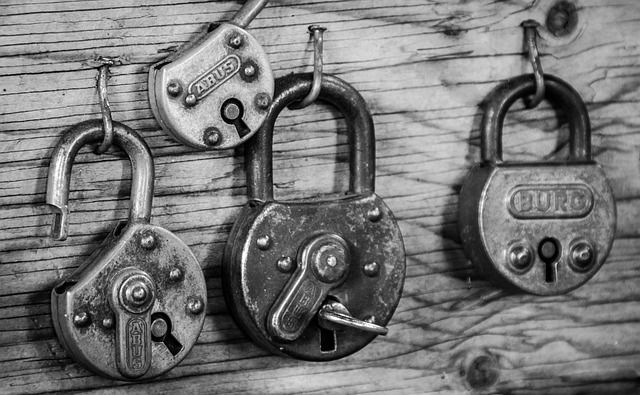Seniors require specialized home security for seniors tailored to their needs. Senior-friendly security systems, including easy-to-use home security interfaces and wireless security for elderly features like video doorbells and motion-activated lights, enhance safety and independence. Integrating medical alert systems with security provides immediate assistance in emergencies, especially for those living alone. These integrated solutions offer peace of mind, quick response times, and accessibility for seniors with limited mobility.
As our population ages, ensuring the safety and well-being of seniors at home becomes paramount. Integrating medical alert systems with comprehensive home security offers a robust solution tailored to their unique needs. This article explores how combining these technologies creates a senior-friendly environment. We’ll delve into key components like easy-to-use interfaces, motion-activated lights, and video doorbells, highlighting the benefits of wireless security solutions for the elderly. Discover how these innovations can foster independence while providing peace of mind for both seniors and their loved ones.
- Understanding the Unique Security Needs of Seniors
- Integrating Medical Alert Systems with Home Security
- Key Components of a Senior-Friendly Security System
- Benefits and Considerations for Wireless Elderly Security Solutions
Understanding the Unique Security Needs of Seniors

Seniors have unique security needs that are often overlooked in traditional home security setups. As people age, they may face increased vulnerability and reduced mobility, making it crucial to implement senior-friendly security systems tailored to their requirements. Easy-to-use home security solutions with simple interfaces and clear notifications can ensure seniors feel safe and in control of their environment.
Integrating medical alert systems with home security offers an additional layer of protection. Wireless security for elderly users, such as video doorbells and motion-activated lights, can deter intruders and provide peace of mind. These features are especially beneficial for those living alone, enabling them to monitor visitors and respond to potential hazards promptly.
Integrating Medical Alert Systems with Home Security

Integrating Medical Alert Systems with Home Security offers a comprehensive solution for senior citizens, enhancing both their safety and peace of mind. By combining medical alert functionality with traditional home security measures, seniors can enjoy the benefits of a connected home environment tailored to their needs. These senior-friendly security systems often include easy-to-use interfaces, such as wireless sensors and touch-based control panels, ensuring even those with limited mobility can manage their security effectively.
Medical alert systems equipped with video doorbells allow seniors to see visitors before opening the door, providing an extra layer of protection. Additionally, motion-activated lights designed for the elderly can deter intruders and make navigating in low-light conditions easier. This integration ensures that help is readily available when needed, as security alerts can be seamlessly connected to medical alert responses, facilitating swift assistance in case of emergencies.
Key Components of a Senior-Friendly Security System

When designing a senior-friendly home security system, several key components contribute to its effectiveness and ease of use. These include easy-to-use interfaces with large, clear displays that minimize visual strain, simple button layouts for quick access to emergency services, and customizable alerts that consider personal preferences and medical needs. Wireless security solutions, such as video doorbells and motion-activated lights, offer convenience and peace of mind without the clutter of cords.
Integrating a medical alert system with the home security setup is another crucial aspect. These systems often include wearable buttons or pendants that allow seniors to quickly call for help in case of an emergency. Some advanced models even feature automatic fall detection, ensuring immediate assistance when needed. Such integrations enhance overall safety, especially for those living alone, by providing not just security but also a lifeline in unforeseen circumstances.
Benefits and Considerations for Wireless Elderly Security Solutions

Integrating medical alert systems with home security offers a powerful solution for ensuring the safety and well-being of seniors. One of the key benefits is the enhanced peace of mind it provides; seniors or their caregivers can quickly respond to potential emergencies, such as falls or sudden health issues, thanks to instant alerts. These wireless elderly security solutions are particularly appealing due to their accessibility and ease of use, ensuring that even those with limited mobility can still maintain a safe living environment.
When considering senior-friendly security systems, video doorbells and motion-activated lights are valuable additions. Video doorbells allow for remote monitoring and communication, enabling seniors to screen visitors and avoid unwanted interruptions or potential threats. Motion-activated lighting, on the other hand, not only deters intruders but also assists in navigating the home, especially during night-time, by providing gentle illumination when movement is detected. Easy-to-use home security systems cater to the needs of an aging population, promoting independence while ensuring their safety and security.
Combining medical alert integration with home security systems offers seniors an enhanced level of safety and peace of mind. By seamlessly integrating these technologies, individuals can ensure quick response times in emergencies while enjoying the convenience of a comprehensive, senior-friendly security system. Easy-to-use interfaces, such as video doorbells and motion-activated lights, play a pivotal role in promoting independent living for the elderly. When considering wireless security solutions for seniors, it’s essential to weigh the benefits against potential privacy concerns, ensuring a balanced approach that respects personal freedoms while prioritizing safety.
